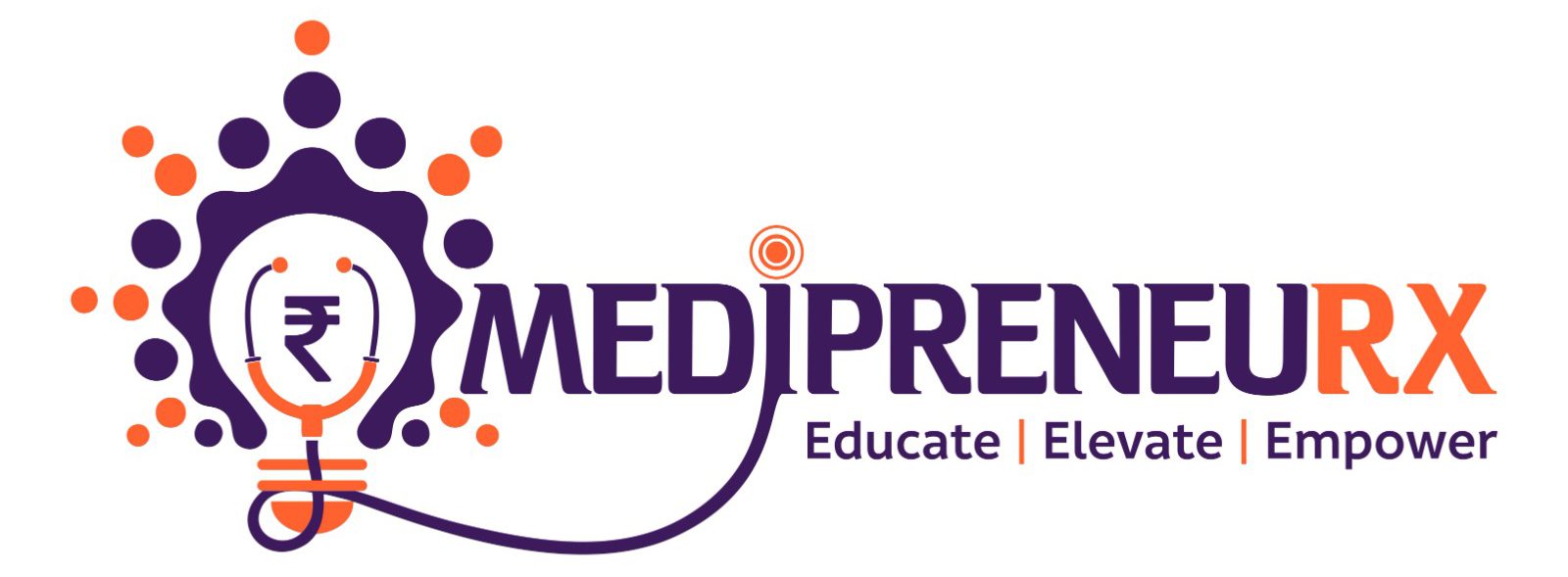The article emphasizes how medical imaging is developing quickly, especially with the help of digital radiography (DR) systems, and how these developments are revolutionizing healthcare. Experts from the business spoke about the value of DR in enhancing patient outcomes, cancer care, and diagnostics during the ETHealthworld Leaders Summit in 2024.
The switch from film to digital cameras is comparable to the change from traditional to digital radiography, according to Dr. Sanjay Dhawan, Group Director of Paras Health. Because of this change, teleradiology, machine learning, and artificial intelligence (AI) have all become possible, revolutionizing radiology while also enhancing patient care and analytical capacities. Digital radiography now manages data in addition to images, which opens the door for quicker, more precise diagnosis, stressed Dr. Dhawan.
AI is significantly enhancing diagnostic accuracy and optimizing workflows in modern radiology, according to Dr. JP Singh of Medanta Hospital. Radiologists can make decisions more quickly thanks to AI’s capacity to spot tiny abnormalities, which eventually improves patient care. Additionally, he brought up the point that, because to automation, processes are more effective and scanning is faster now than it was in the past when radiologists had to spend hours processing films in dimly lit rooms.
The country general manager of Carestream, Nikhel Goyal, made the prediction that radiologists, like toddlers today, will not know what a “film” is in the future. He emphasized how the usage of AI-based tools during COVID-19 greatly enhanced the ability to identify pneumonia in chest X-rays. Radiologists can concentrate on important cases more quickly and precisely with the use of such tools.
The significance of providing technicians with training in the management of cutting-edge radiological equipment, especially with AI integration, was emphasized by Dr. Aakaar Kapoor of City X-Ray & Scan Clinic. This guarantees that diagnoses are accurate and workflows are efficient. Goyal continued by saying that cooperation between the medical community and business is crucial to preparing incoming radiologists for use of digital radiography equipment.
In the final section of the paper, Dr. Singh discusses teleradiology and how technology might improve access to expert diagnosis and patient care by bringing specialists from larger cities to smaller ones. The main takeaway is that AI, new imaging technology, and digital radiography are transforming radiology and healthcare in general.
SOURCE :
ECONOMIC TIMES








